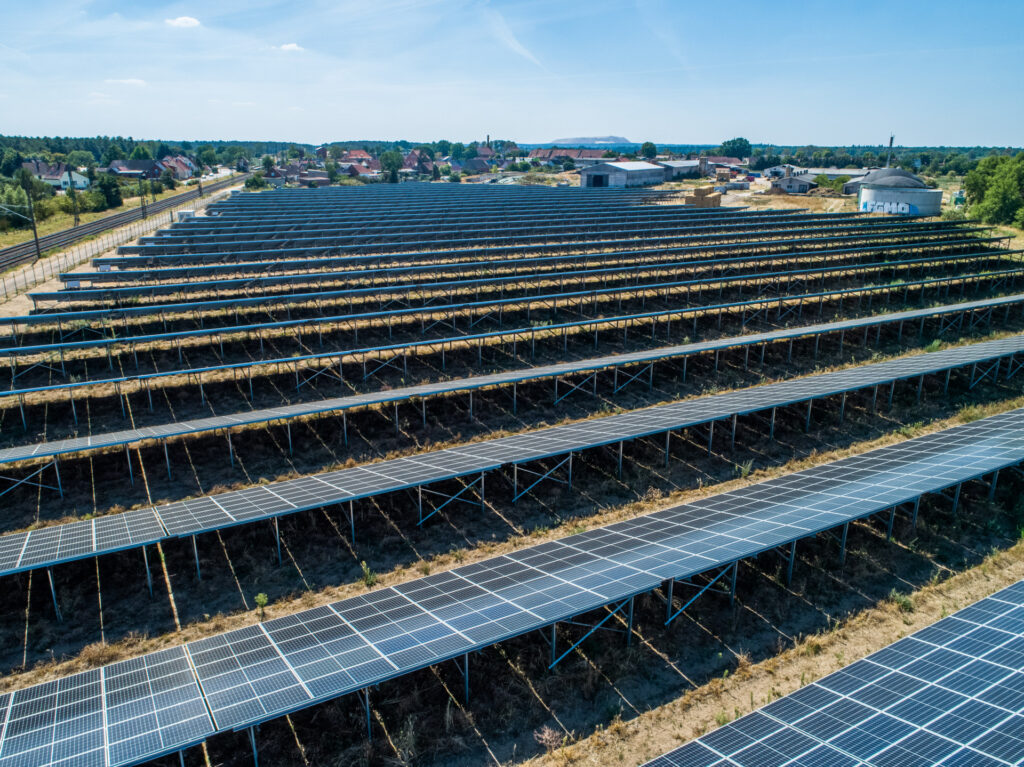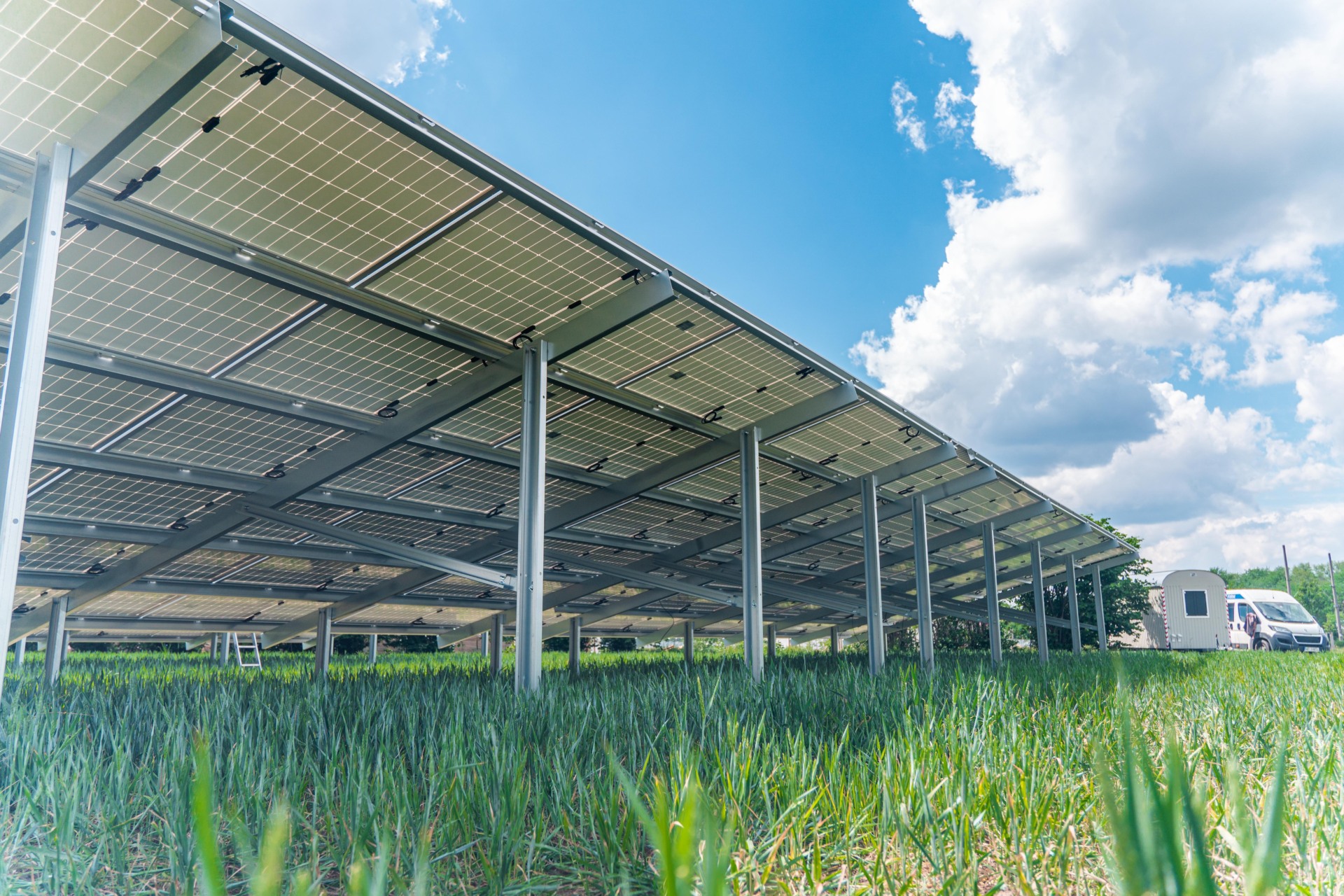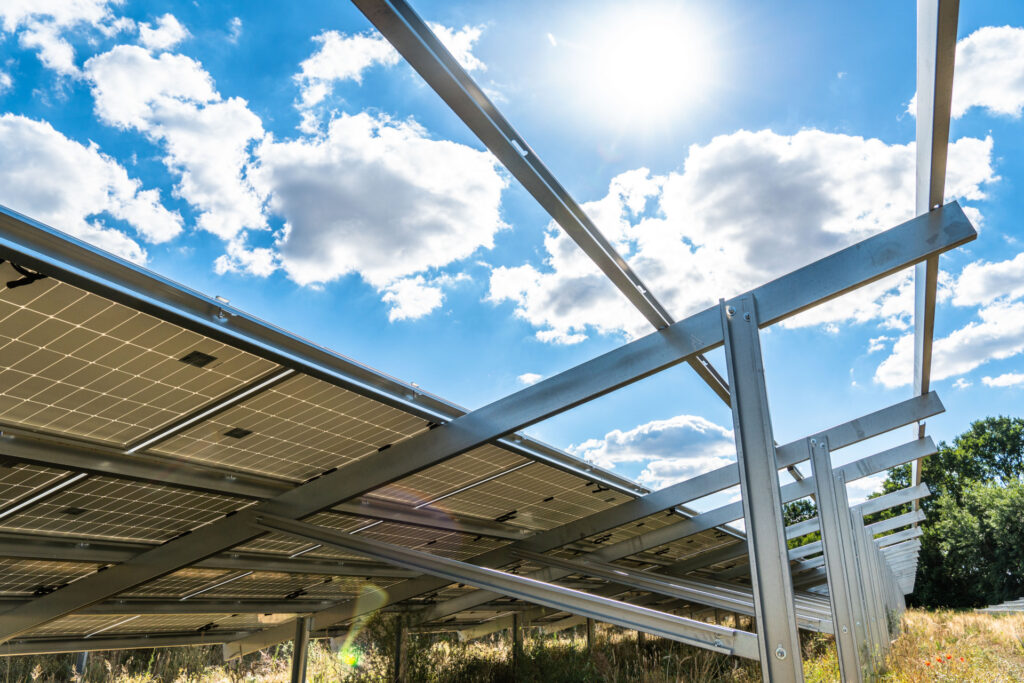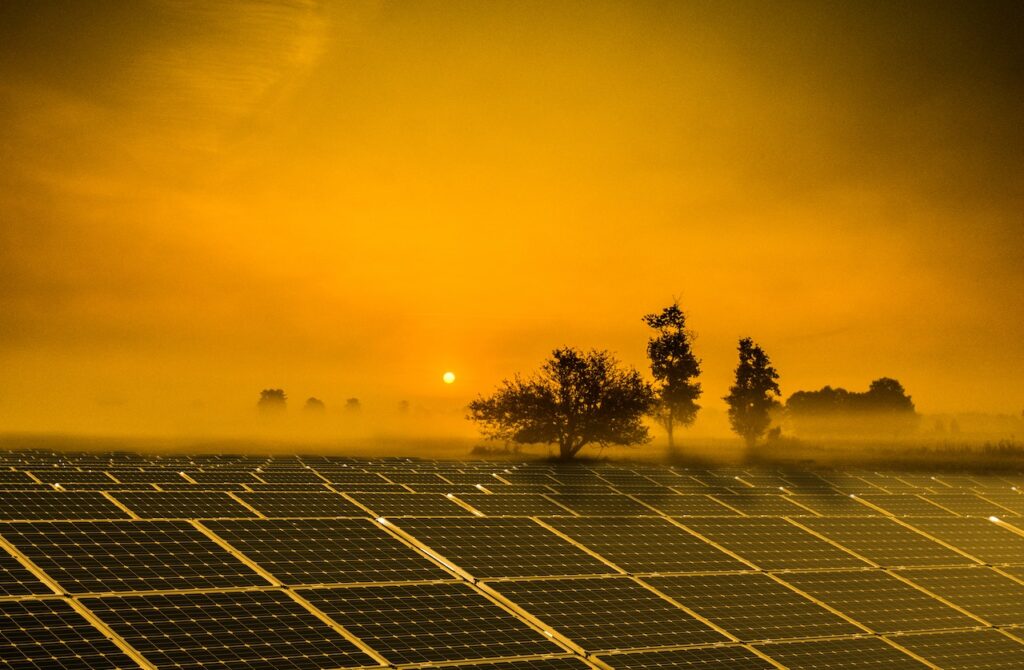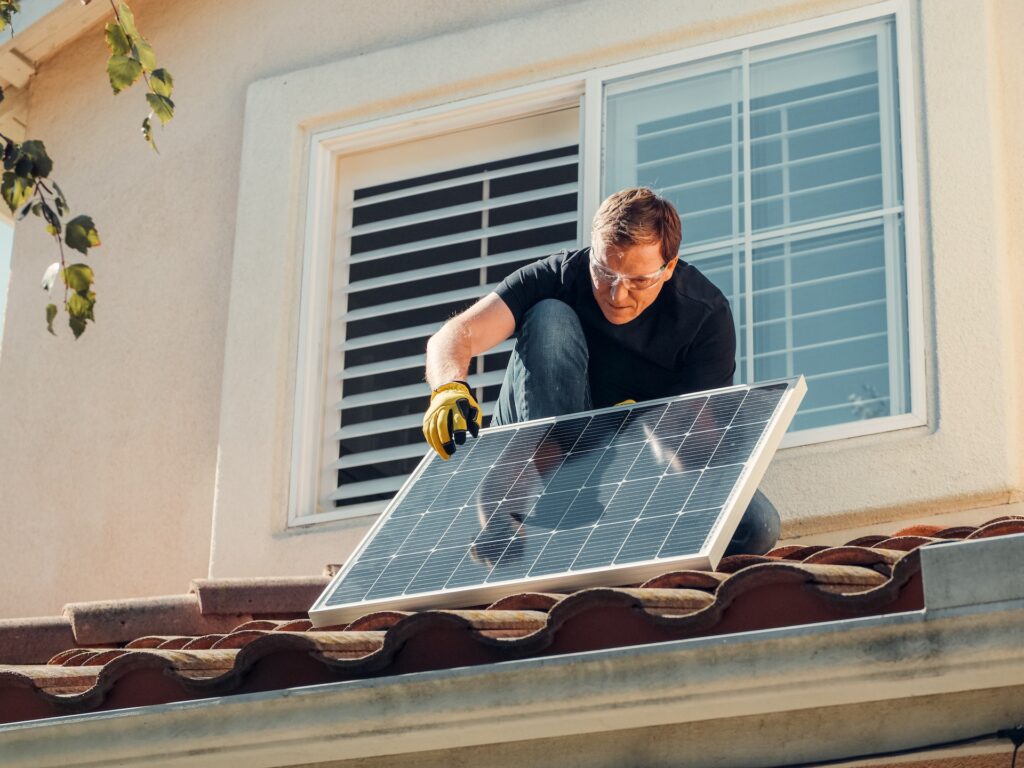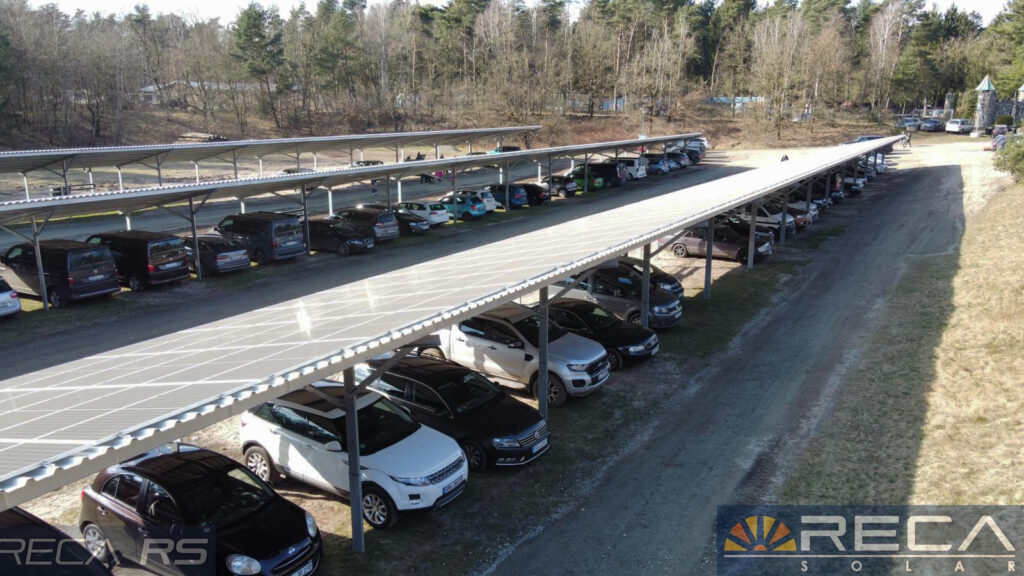What should PV Mounting Systems Actually be like? Learn What You Need to Pay Attention To
In terms of mounting systems, photovoltaics today offers many possibilities. Years of intensive development in this area have led to many solutions that can be adapted to individual requirements. What should you look for when selecting PV mounting systems? Which substructures are recommended? You’ll find out in the following article.
PV Systems Adapted to the Surface
Today, PV systems can be successfully installed on both roofs and open areas. A ground-mounted system is a completely different solution from one designed for roof mounting. Ground-mounted systems differ in size, load resistance, tilt angle, and mounting method. These systems are anchored in concrete that is fixed to or poured onto the ground. An alternative is to ram the supports directly into the ground. In contrast, the installation of PV systems on roofs depends on the type of roof. A completely different PV mounting system is used for roof tiles and another for bituminous mass or trapezoidal sheet metal.
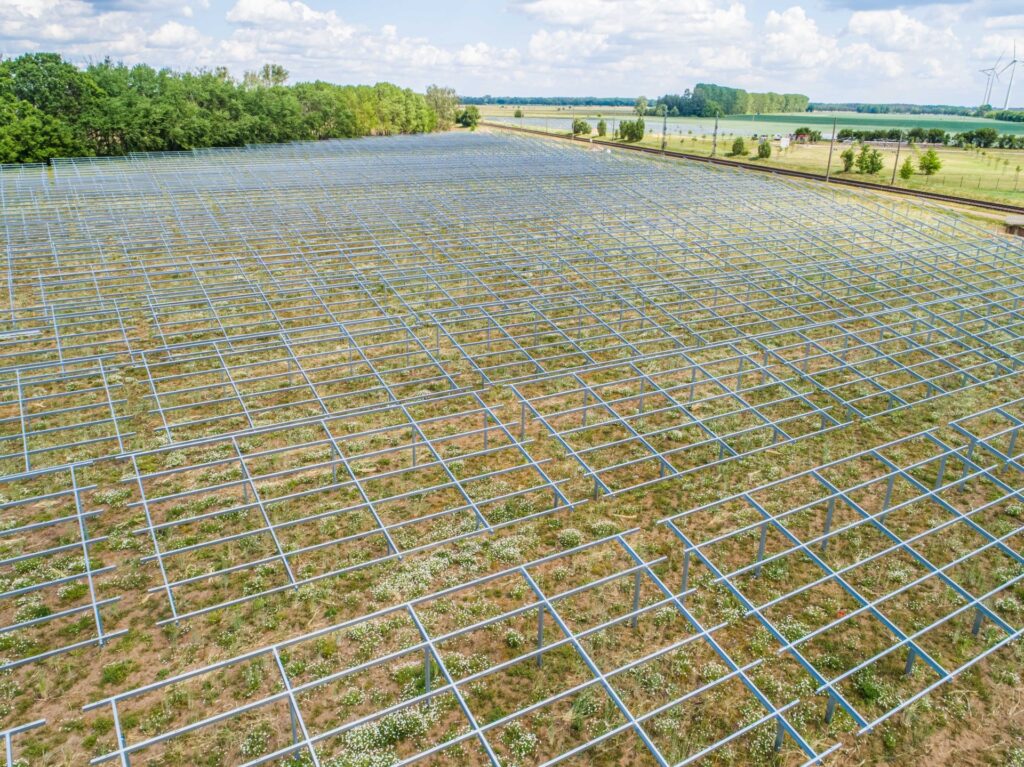
Tilt Angle of the System – Optimal Photovoltaic Solution
Many factors determine the efficiency of photovoltaic modules. The quality of the modules, the efficiency of the cells, and the position of the panels are decisive. The tilt angle of the photovoltaic system is also one of the key factors. Generally, an angle of 30 degrees is given as the optimal tilt angle. However, this is just an estimate. The optimal tilt angle of a PV system depends on a number of factors, primarily:
- Latitude
- Type of Modules
- Position of the Panels
The latitude is crucial for the position of the sun. The closer to the equator, the higher it is, which means a lower tilt angle of the panels is required. Germany is a relatively large country, which means that the position of the sun in the south differs significantly from the position in the north. Thus, the location on the map determines the required tilt angle.
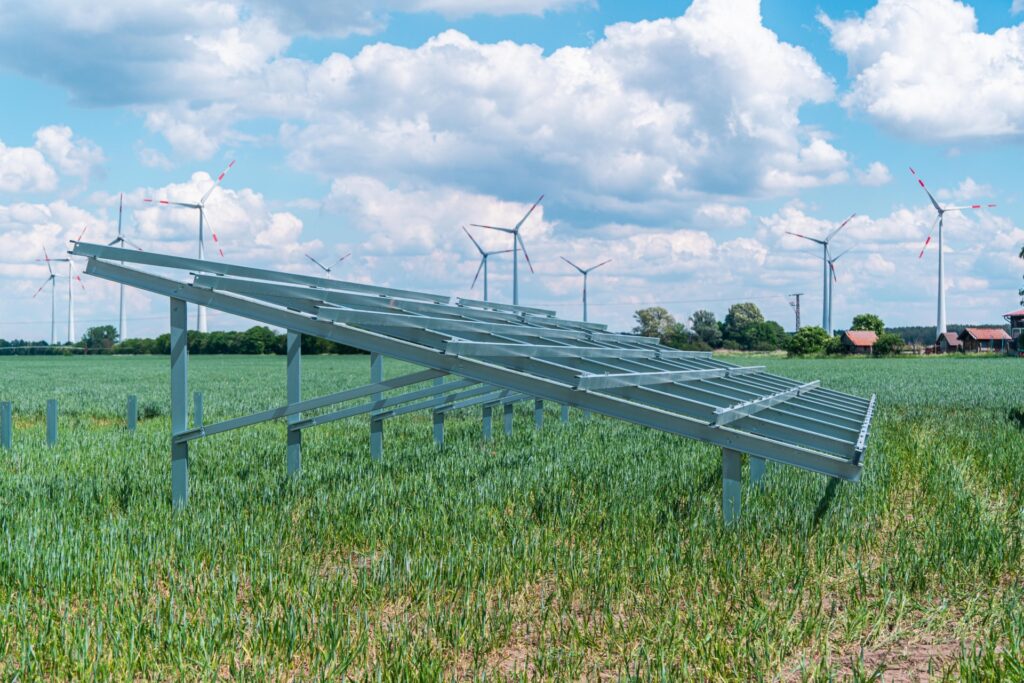
The type of modules also plays a role. First and foremost are the bifacial modules. They are characterized by cells that are active on both sides. The arrangement of this type of panels requires that they can absorb sunlight from both the front and back, which also determines the optimal tilt of the photovoltaic system.
For both roof-mounted and ground-mounted systems, photovoltaics are most effective when the modules are oriented towards the south. While ground-mounted systems can usually be oriented in any direction, roof-mounted systems are dependent on the roof shape in this regard. On the other hand, in some cases, orienting the photovoltaic system towards the east or west may prove to be the better option. If a building powered by a photovoltaic system is mainly used in the morning and stands empty at noon, increased energy production in the morning makes more sense.
Photovoltaic Mounting Systems that Guarantee Durability
The PV system pays for itself in up to 10 years. This means that investing in photovoltaic modules only makes sense if they remain efficient for many years. Manufacturers of photovoltaic modules provide a warranty of at least 20 to 25 years on their modules, and it seems that this is indeed the minimum period during which the modules should effectively generate energy. Therefore, the substructures for photovoltaic systems must be extremely resistant to ensure their lifespan matches that of the modules. It is therefore recommended to choose substructures made of hard materials that are resistant to mechanical influences such as strong winds and high snow loads.

In our mounting systems, the photovoltaic system is secured using a thick steel core. However, this is not sufficient to operate the system over many years. It is also necessary to protect it from other weather influences, especially rain and moisture. Therefore, our mounting systems are equipped with the Magnelis® coating, which has a high magnesium content. This is a solution that effectively prevents corrosion for years. It represents an excellent alternative to the most widespread method of protecting steel from corrosion, namely galvanization. The Magnelis® coating even exhibits ten times higher corrosion resistance.
Cost-effective Ground-mounted Systems – Photovoltaics Don’t Have to be Expensive
High-quality photovoltaic mounting systems are generally associated with high costs. For ground-mounted systems, photovoltaics don’t have to cost much at all. We have optimized our production process to generate only minimal costs. We use the smallest amounts of building materials. All of this allows us to reduce the prices of the systems.
The substructures for photovoltaic systems today offer a wide range of different solutions. In the above article, you could learn what to consider when choosing the right system. Don’t forget that in addition to the functionality and quality of a PV system, adaptation to individual needs is also important. If you have any doubts about the selection, please contact us. We will be happy to advise you and suggest the best solution, as well as provide you with an offer for the installation of a PV system and the modules.
